We Love Worms!
"AUGH!!! Worms! Look, look! They're everywhere!"
Eleanor is jumping up and down hysterically. Nothing will summon our crew faster than a good worm sighting. Oh, how we love worms!
Last spring, we witnessed an unusual natural phenomenon as a mass of earthworms wiggled out of their subterranean community in the soil and squirmed onto the sidewalk.
This weird worm event elicited great joy and excitement from our early learners as they raced over to investigate.
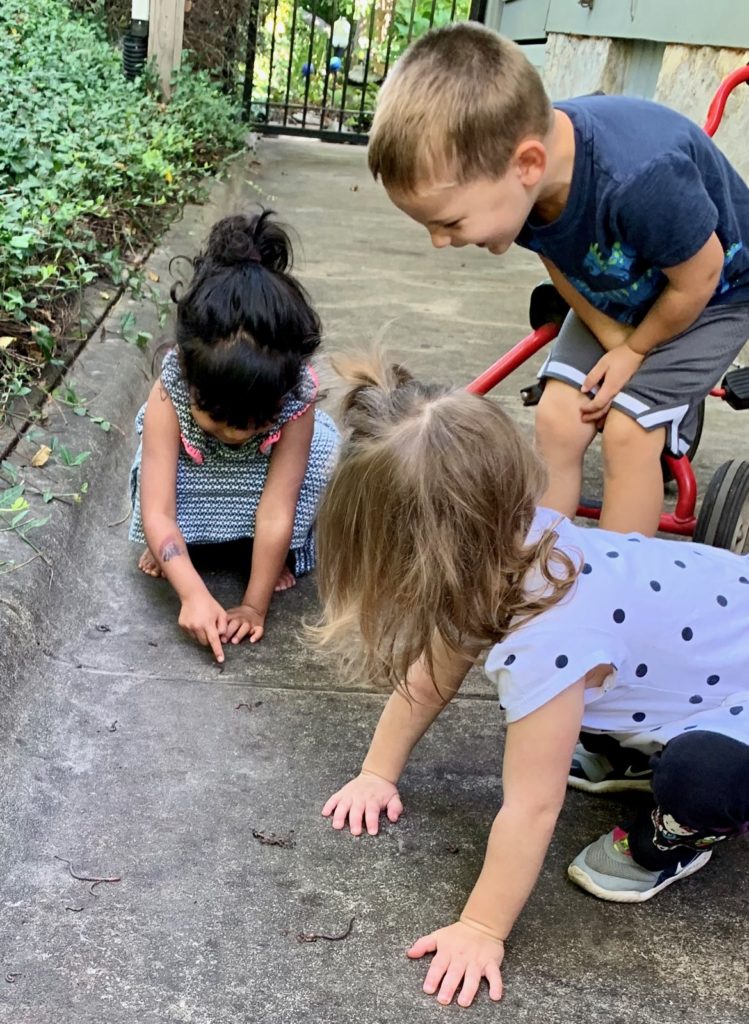
Why are there so many worms? Why are they tangled? Will they bite me? Where is the worm's mouth? The children's curiosity flowed faster than the answers.
Whenever they appear, worms spark spontaneous scientific investigations, as well as child-led inquiry and analysis.
When you see this level of excitement, seize the learning opportunities! Worms can be used to teach length—and we sometimes measure them with tape measures. But those moments tend to happen with big fat worms. Today's worms are skinny and there are a lot of them!
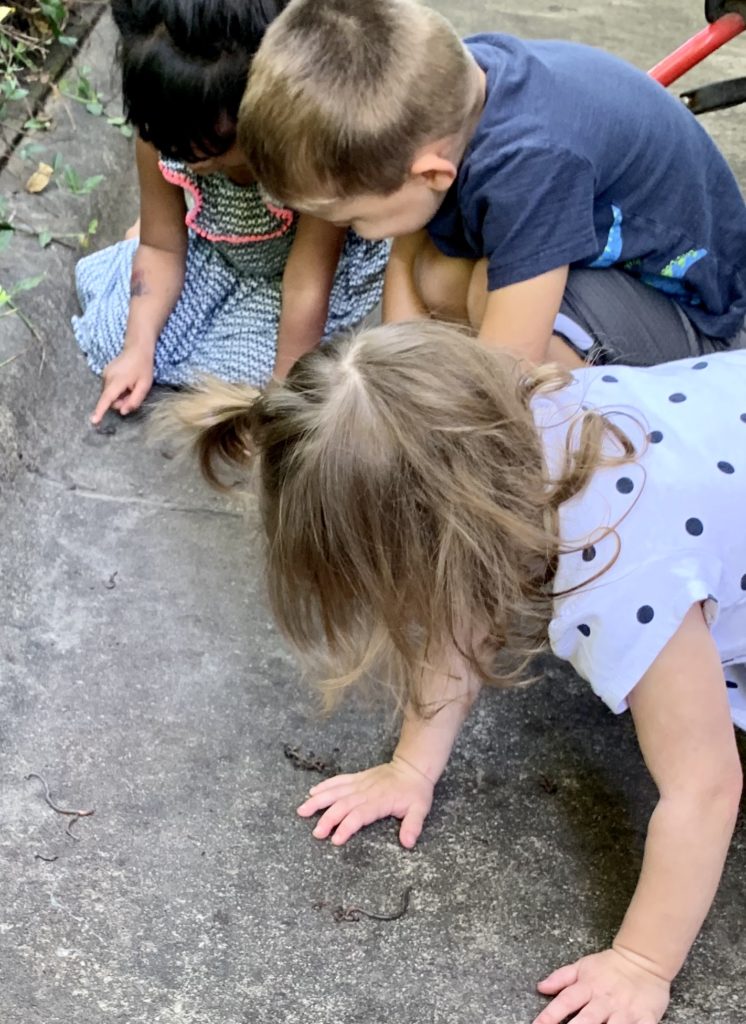
Our love of worms has afforded us days and days of STEM investigations.
This is a group of three-year-old scientific investigators—and their brains are on fire as they collaborate, hypothesize, theorize and make predictions.
This is STEM exploration at its most engaging as we measure, count, estimate and subitize while learning about earth science and life science.
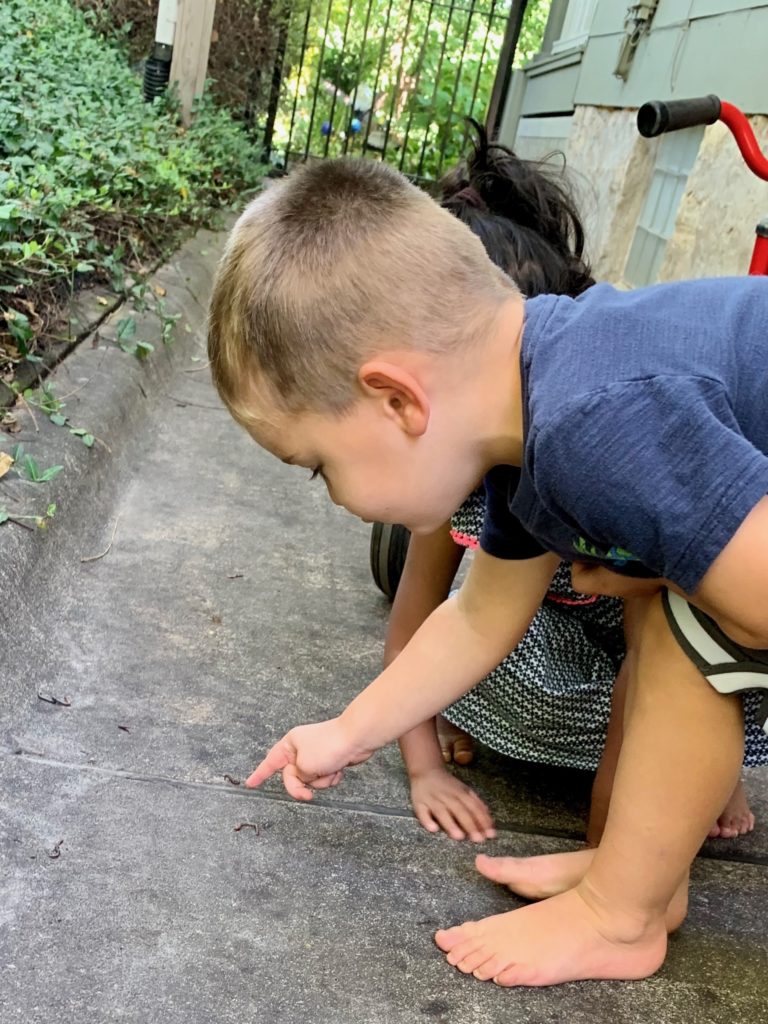
This fact-finding mission also fosters a respect for life in all its forms. We try really hard not to hurt our worms.
When a two-year-old child engages in a hands-on investigation with an earthworm, it doesn't always end so well for the worm. To protect the worms from overzealous handling, we've taught the older children to monitor the well-being of the worms in the hands of their younger peers.
This is hands-on learning, coupled with collaboration!
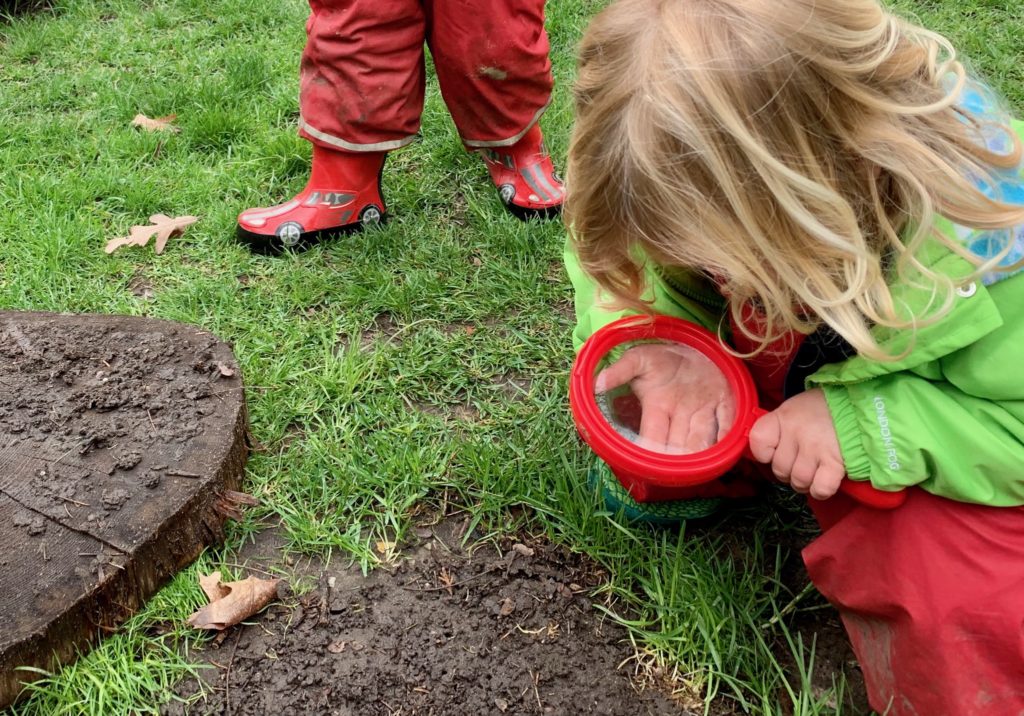
As young children explore the world of earthworms, encourage them to ask questions that will guide their investigations. By encouraging them to engage in deeper scientific inquiry, you'll be setting them up for academic success in the years to come.
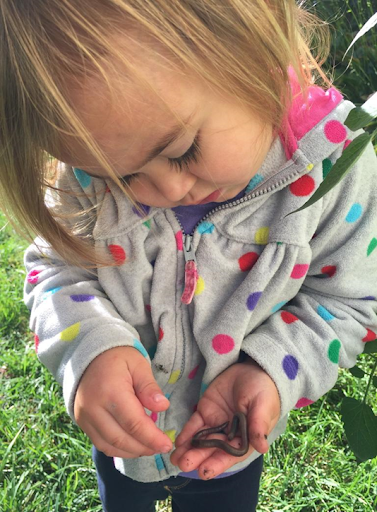
"Can I hold it? " asks two-year-old Alex.
As an older friend passes a worm to Alex, she pulls her hand back a few times before taking it.
We offer Alex a glove, but she wants to be like the "big kids" and go gloveless. After we reassure her that the worm has no teeth or pincers, she tries again. This is a great example of the importance of time and patience as we guide children through the investigative process.
Parents often ask how we “get” the kids to hold a worm. We read a lot of children's books about worms, and I make sure that there are worm books on our shelves from March through October. We also observe worms for long periods of time. If your child has one intrepid friend who is willing to pick up a worm, that's likely all it will take to persuade your child to persevere.
As the children engage in their hands-on worm investigations, we throw out some reassuring facts, often in whispered voices: "Did you know that worms do not have teeth? Worms also do not have pincers or stingers. They have no eyes, legs or arms. They will never hurt us."
These are the facts that I share with young learners who are anxious or experiencing worms for the first time. A child who investigated worms as a two-year-old last fall may not have retained that memory as a three-year-old—and we may need to reintroduce the worms with the same reassurances.
Retention and problem-solving skills continue to evolve as students seek answers to their questions through active investigation. Last fall's observer may be this spring's hands-on investigator. Our students need long periods of time to observe and learn as the learning opportunities unfold.
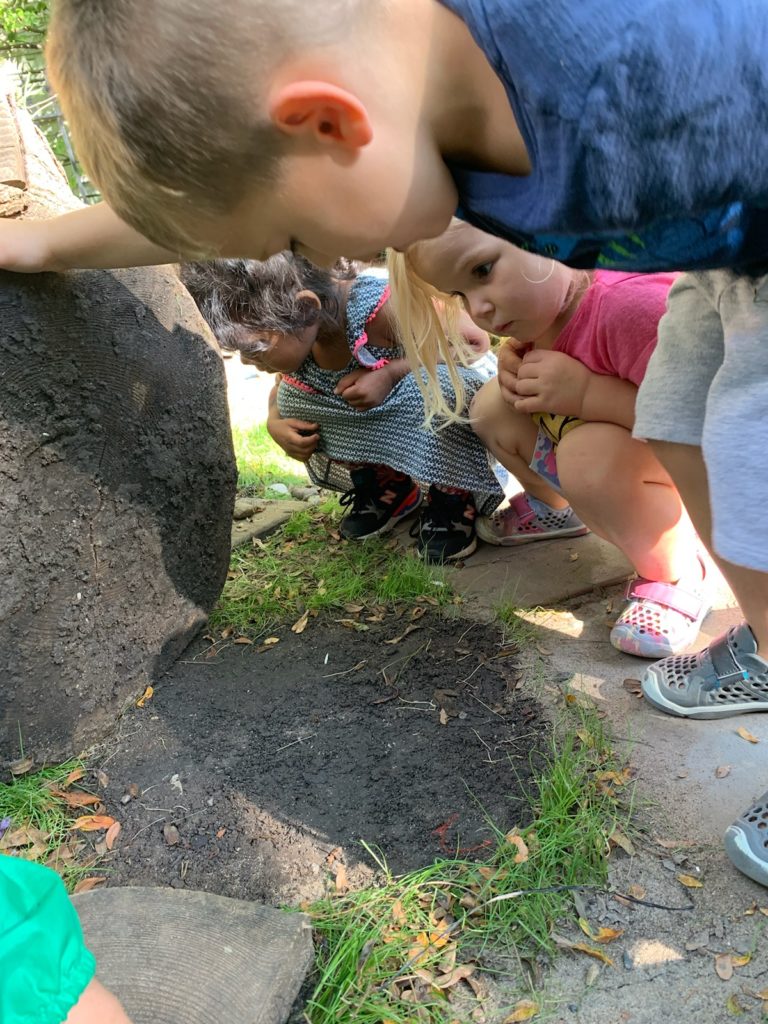
By creating an outdoor environment that leads to discovery, you are setting learning in motion. Add large rocks, tree cookies or even soil-filled planters that can serve as worm habitats to your play space. The goal is to foster the development of inquisitive minds!
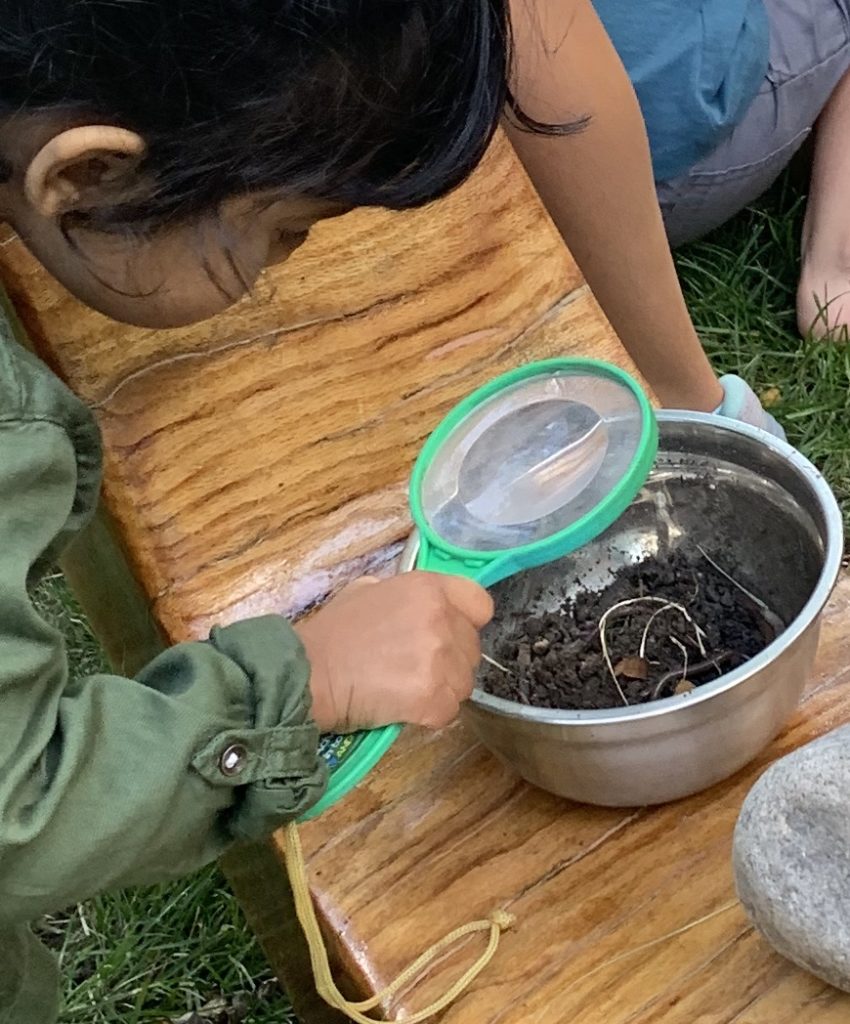
We extend our learning with songs and finger-play. We enjoy "Eat Like a Worm Day" as we snack on vegetables such as carrots, cucumbers, lettuce and apples. We make "worms" out of clay—some thick, some thin, some short and some very, very long.
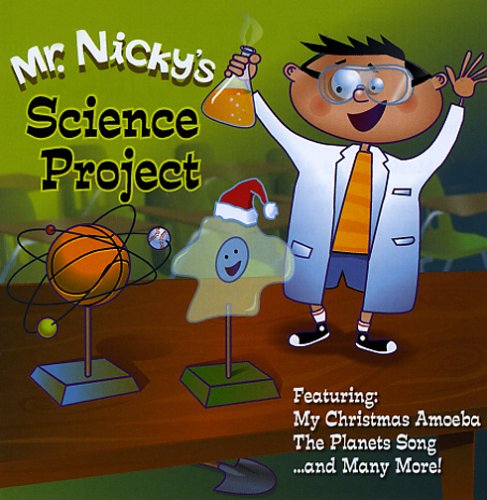
Mr. Nicky (pictured above) has a wonderfully funny song entitled "Earthworm," which has taught our children so much about the vital role that worms play in keeping our soil healthy. There are many silly worm songs, but this has a great hook and gets our children moving as they learn new facts about worms while having fun. It's one of our favorites. I found the CD at our local library, so look there first.
We always try to return worms to their natural habitats when our observations are over. We thank the worms for doing their part to make our lawn healthy and beautiful as we release them back into the places where we found them. We send them home to their families, which resonates with our young learners.
I wish you many happy worm adventures as you and your child investigate these champions of the soil. Let the earthworm explorations begin!